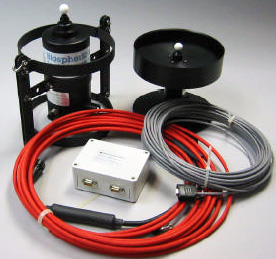Biospherical Instruments has created an expansive selection of multispectral arrays with spectral coverage spanning from UV through SWIR, and ranging from 4 to 19 spectral channels. These arrays cover aquatic, terrestrial, and airborne environments and within each array class the components share a common architecture to allow a system to be scaled optimally according to science goals and program budget.
C-OPS – Compact Optical Profiling System
BSI’s state-of-the-art C-OPS freefall aquatic profiler is a multispectral radiometer system ideal for determining apparent optical properties in shallow-water aquatic systems. It consists of two radiometers: one measuring in-water downward irradiance, and the other either upwelling radiance or upward irradiance. Both radiometers are equipped with up to 19 wavebands and are mounted in a freefall backplane that can be optimized for either slow descent rates for work in very shallow waters, or faster descent rates for observations in deeper waters of up to 125 m.
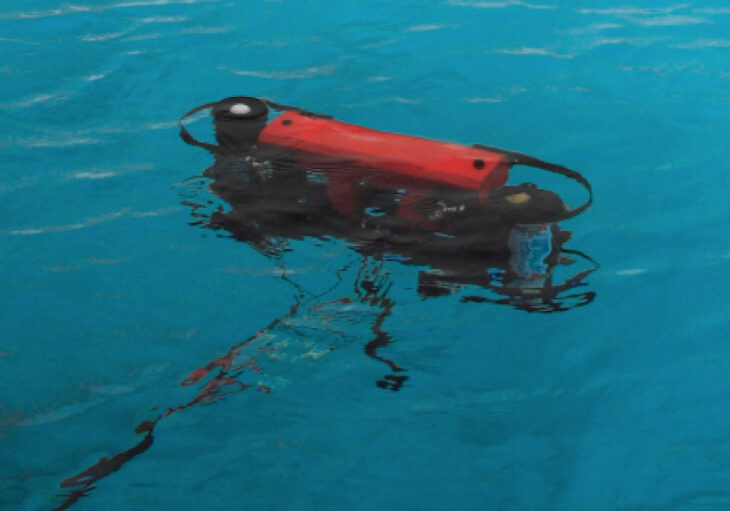
GUVis-3511 Atmospheric Radiometer
The GUVis-3511 is an above-water radiometer that measures global irradiance from sun and sky at wavelengths ranging from UV through SWIR. The GUVis-3511 is designed for long-term monitoring applications where excellent radiometric stability is critical. The GUVis-3511 Atmospheric Radiometer is available with between 8 and 19 spectral channels, which can be selected from 30 wavelengths, ranging from 305 to 1,640 nm. The instrument also features an innovative irradiance collector with advanced diffusion that permits coverage of the spectral range from the UV to SWIR with a small cosine error.
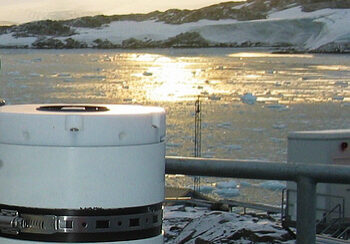
XRR – XTRA Class Reflectance Radiometers
The XRR is an economically priced multi-wavelength radiometer for determining apparent optical properties in aquatic systems. Belonging to the same top-of-the-line instrument class as the Compact Optical Profiling system (C-OPS) and our other microradiometer-based instruments, the XRR is designed to upgrade the role that was formerly occupied by BSI’s PRR-600 and PRR-2600 radiometers as well as the PRR-800. The XRR is very similar in shape to the PRR-600/PRR-2600 instruments, but is smaller in diameter, weighs less, and has significantly improved performance. The XRR is available in two configurations: the XRL measures in-water downward irradiance and upwelling radiance; the XRE measures in-water downward irradiance and upward irradiance.
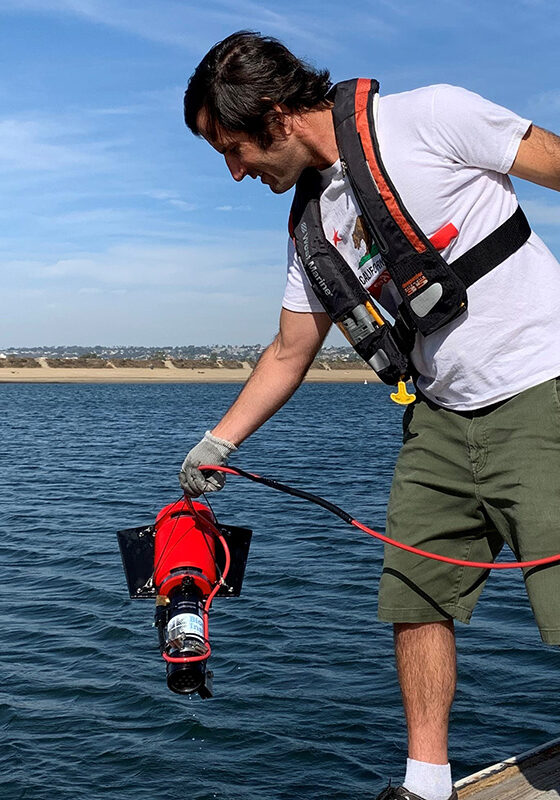
BIC/BIR Radiometers
BSI’s BIC and BIR family of radiometers are scaled-down versions of our widely used PUV/GUV and PRR instrument systems. They are priced to be cost-effective options for budget-constrained programs and feature 4 spectral wavebands. The standard BIC measures downward irradiance in three monochromatic wavebands, as well as PAR (400–700 nm), whereas the BIR measures upwelling radiance. Wavelengths are available ranging from 305 nm in the UV to 875 nm in the NIR.
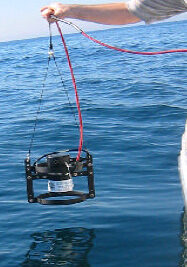
PNF Natural Fluorometers
BSI’s natural fluorometers are integrated optical systems specifically designed to measure natural fluorescence — the fluorescence from the phytoplankton crop stimulated by available sunlight. Starting with research conducted at BSI under a NASA SBIR contract and followed on with considerable additional studies has shown that this measurement is related to photosynthetic rates and chlorophyll concentrations. Unlike strobe fluorometers, a natural fluorometer measures fluorescence emitted under the ambient light conditions that are driving photosynthesis in situ.
